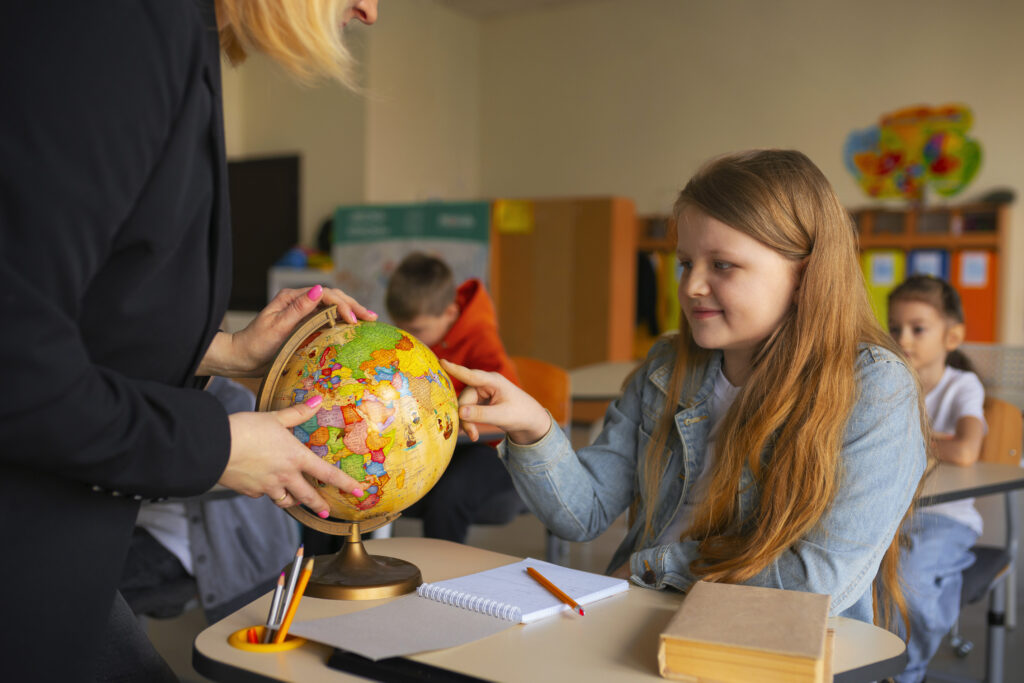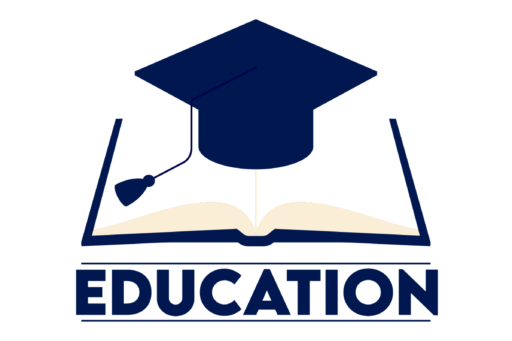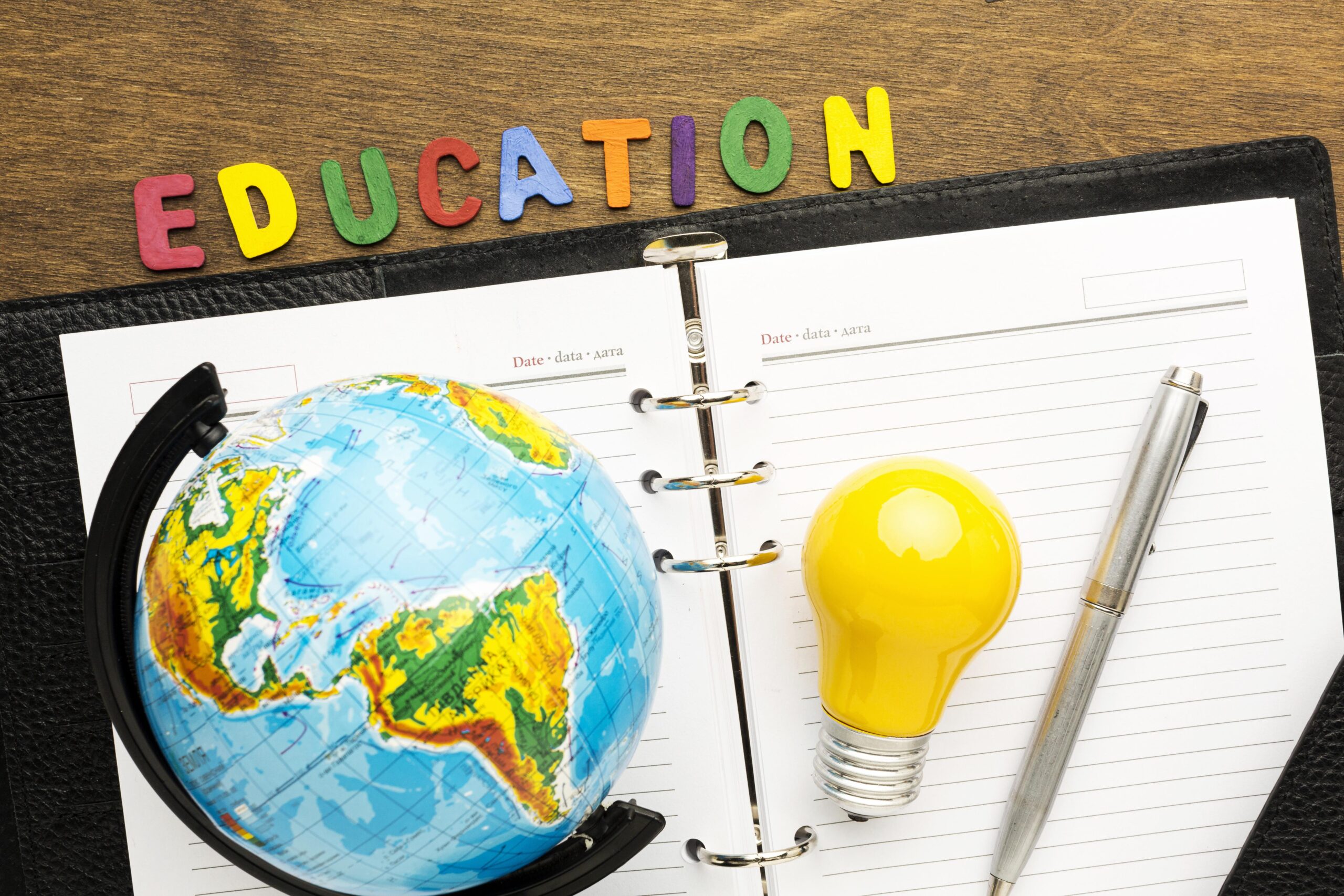Cultural Awareness and Education In an increasingly interconnected world, cultural awareness is more essential than ever. Cultural awareness in education means understanding, appreciating, and respecting the diverse backgrounds, perspectives, and experiences of people worldwide. From global trade to diverse workplaces, the ability to empathize and connect with people from different cultures has become invaluable. Education plays a crucial role in fostering this awareness, helping students become open-minded, respectful, and capable of meaningful interactions across cultural lines. In this article, we explore what cultural awareness in education means, its importance, and how it prepares students for a world where cross-cultural understanding is key to success.
1. What is Cultural Awareness in Education?
Cultural awareness in education goes beyond just learning about different cultures; it involves cultivating an understanding and respect for diverse ways of life, values, beliefs, and customs. When students learn about other cultures, they develop the skills needed to navigate multicultural environments, value perspectives different from their own, and recognize the beauty of diversity.
Educationally, this means incorporating diverse perspectives into the curriculum, encouraging open discussions about cultural differences, and nurturing a classroom environment where all students feel respected and understood. Cultural awareness in education promotes empathy, reduces prejudice, and builds bridges between people from different backgrounds.
Example: In a culturally aware classroom, students might study global holidays, discuss historical events from multiple perspectives, or engage in projects that explore cultural traditions around the world.
2. Why is Cultural Awareness Important in Education?
Cultural awareness is important in education because it helps students develop empathy, curiosity, and respect for others. When students are aware of cultural differences, they’re better equipped to communicate and work with people from various backgrounds, skills that are crucial in an increasingly globalized job market. Additionally, students with a strong sense of cultural awareness often demonstrate higher levels of emotional intelligence and resilience.
Cultural awareness is also essential in reducing prejudice and combating stereotypes. By learning about diverse cultures, students are less likely to harbor biases and are more likely to appreciate people for who they are rather than making assumptions based on race, ethnicity, or religion. Educators play a pivotal role in helping students overcome these biases and in shaping a generation that values inclusivity.
Example: Studies have shown that students exposed to diverse perspectives from an early age tend to have more inclusive attitudes toward others and are more adaptable to change, both in school and in their future workplaces.
3. The Benefits of Cultural Awareness in Education
Cultural awareness in education offers many benefits that positively impact students’ personal, social, and academic lives. Some of the key benefits include:
- Improved Communication Skills: Culturally aware students learn to listen and express themselves respectfully, appreciating differences in communication styles. This skill is particularly important in multicultural societies and workplaces.
- Enhanced Social Skills: Cultural awareness helps students feel more comfortable in diverse settings, making it easier for them to forge relationships with people from different backgrounds. This social agility is beneficial in both academic and professional contexts.
- Critical Thinking and Open-Mindedness: Exposure to diverse perspectives challenges students to think critically and question their assumptions. By learning about multiple viewpoints, students become more flexible thinkers who can approach problems with an open mind.
- Global Perspective and Responsibility: Culturally aware students are better prepared to understand global issues, such as climate change, inequality, and social justice, fostering a sense of responsibility and a commitment to positive change.
Example Story: One classroom project encouraged students to research the lives of people in different parts of the world. This experience not only increased their awareness of global issues but also sparked empathy, as they learned about the challenges faced by people in different countries.

4. Challenges in Fostering Cultural Awareness
Despite its benefits, fostering cultural awareness in education presents certain challenges:
- Limited Resources: Many schools lack the resources needed to implement culturally diverse curricula. This includes access to educational materials, professional training for teachers, and support for culturally inclusive programs.
- Implicit Biases: Teachers and students alike may hold unconscious biases that can impact how cultural differences are perceived and addressed in the classroom. Professional development and self-reflection can help educators address and mitigate these biases.
- Resistance to Change: Some communities or schools may resist changes that introduce new cultural perspectives into the curriculum, preferring to adhere to traditional methods of education. This can make it challenging to promote a culturally inclusive educational environment.
- Balancing Diverse Perspectives: Incorporating a wide range of perspectives without overwhelming students or oversimplifying complex issues requires careful planning and a nuanced approach.
Example: In some schools, educators face resistance from parents who may feel that cultural awareness programs undermine traditional values. Addressing these concerns requires open dialogue and a focus on the broader benefits of inclusivity and respect.
5. Practical Ways to Foster Cultural Awareness in Education
Creating a culturally aware classroom doesn’t have to be difficult. Here are some practical ways teachers can foster cultural awareness:
- Incorporate Multicultural Content: Use books, films, and case studies from diverse cultures to introduce students to different ways of thinking and living. This helps students see the world through various cultural lenses.
- Celebrate Cultural Holidays and Traditions: Marking global holidays, such as Diwali, Ramadan, or Lunar New Year, allows students to learn about cultural significance and encourages mutual respect.
- Encourage Open Discussions: Creating a safe space where students can discuss their backgrounds, ask questions, and share their experiences promotes understanding and acceptance of differences.
- Professional Development for Educators: Continuous training can help educators become more culturally sensitive, equipping them with the tools they need to address cultural topics sensitively and accurately.
Example Activity: Teachers can assign a project where students create presentations on a chosen country’s traditions, values, and way of life, then share it with the class. This type of activity fosters engagement and allows students to learn from one another.
6. The Future of Cultural Awareness in Education
As societies grow increasingly diverse, cultural awareness in education will become even more crucial. The future of education will likely include a focus on global citizenship, digital literacy, and cultural sensitivity. New technologies, such as virtual reality, may allow students to experience other cultures firsthand, making learning about different ways of life more interactive and impactful.
Schools will also continue to work toward building more inclusive environments by updating curricula, training educators, and involving communities. As we move forward, fostering cultural awareness will help create a society that values empathy, celebrates diversity, and prioritizes inclusivity, ultimately preparing students to become responsible, open-minded citizens of the world.

Conclusion
Cultural awareness in education is essential for building a society that values inclusivity, respect, and understanding. When students learn to appreciate different perspectives, they gain skills that will serve them personally, academically, and professionally. Educators play a key role in nurturing this awareness, providing students with the tools to connect with others, question assumptions, and embrace the beauty of diversity.
As we continue to face global challenges that require cooperation and empathy, fostering cultural awareness in education is not just beneficial—it’s necessary. By integrating cultural awareness into education, we prepare students to navigate a complex world with understanding, compassion, and the skills needed to make positive contributions to society.

